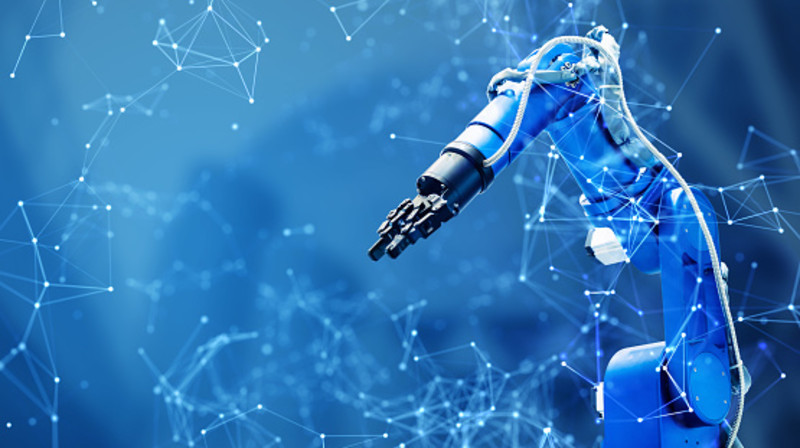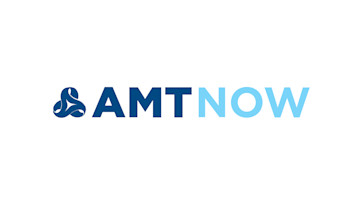At AMT’s Annual Meeting, I encouraged manufacturers to consider how AI might work in job shops and manufacturing environments by giving three examples of how AI is working now, mostly inconspicuously, in our daily lives. Without even taking steps to program our phones or “opt in,” AI is taking the headache out of some tedious errands and tasks, and I believe AI will enhance how we make things in ways we are just beginning to contemplate.
Examples
Amazon Go Grocery Stores: When Amazon acquired Whole Foods, many people wondered why. Turns out Amazon wanted to completely transform how we buy groceries!
In 29 Amazon Go grocery stores, you can walk in, scan your Amazon ID, put items in your cart and walk out without having to check out with a cashier.
How does it work? A combination of computer vision, deep learning, AI, sensor fusion, and other advanced technologies are used to run the stores without personnel!
There are even multiple cameras in the ceiling of each store and shelves that have weight sensors that detect what item the customer took and added to their cart. In addition to a lack of cashiers, Amazon also uses robots to fill the shelves of each store!
McDonald’s Purchases an AI Company: In 2019, McDonald’s acquired an AI software company for half a billion dollars. Before that, the company had previously gotten into the business of machine learning. These two moves caused everyone to wonder what they were doing.
In both situations, McDonald’s was working to eliminate personnel at the drive-thru by using AI to understand customer orders! The popular fast-food restaurant is also using big data and machine learning to change their menus depending on the time of day, weather, traffic, customer orders, and other factors.
Google Duplex Takes the Hassle Out of Making Reservations: While looking at a restaurant on Google Maps, I decided I wanted to make a reservation, and the app offered to do it for me. It did not open Open Table or a similar app, yet soon after, I had a confirmed reservation in my email inbox.
Instead, Google has a feature, Google Duplex, an AI, that calls restaurants on a person’s behalf and uses realistic human speech to make reservations. And it works! Who wouldn’t mind one less phone call or task?
Why Does This Matter?
Each example shows that AI, machine learning, big data, deep learning, computer vision, and other advanced digital technologies are already present in our daily living. And it’s happening all around us, without us “opting in” or even taking notice.
As far as manufacturing is concerned, AI can be used in quality assurance by using machine vision with high-resolution cameras equipped with AI to analyze the captured images – the technology can pick up errors better than the human eye, and at a much faster speed. If these cameras send the data they capture to a cloud-based system, errors can be processed without human intervention.
AI can also be used in predictive maintenance. Factory equipment such as machine-tools can be equipped with Industrial Internet of Things (IIoT) sensors to provide data about the various components of the machine and how the machine is running. AI will look at certain patterns in the data and therefore generate more accurate predictions of failure. Consequently, a given component can be repaired or changed before it breaks. Maintenance can be predicted and scheduled rather than being unplanned and therefore disruptive.
These are just two simple examples of how to implement AI in a factory. You can find plenty of other examples in inventory management, product design, cutting waste, and more.
Many of these trailblazing technologies will be integrated throughout the manufacturing equipment and software on full display at IMTS 2022, Sept. 12-17, McCormick Place, Chicago, Ill. Register now at IMTS.com/register.






